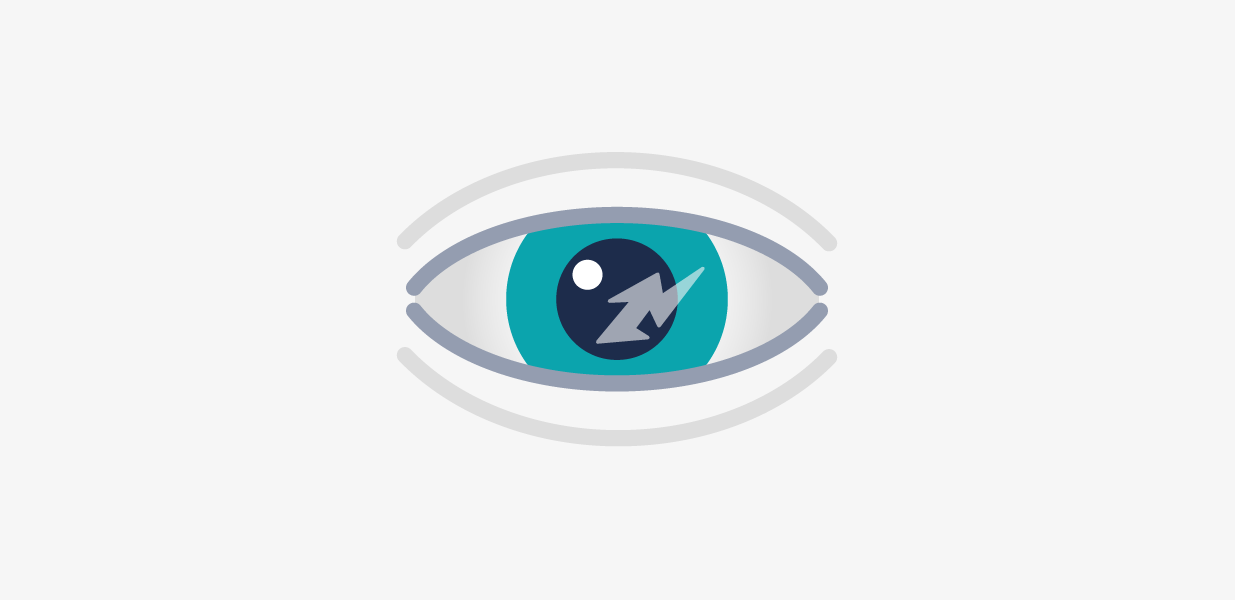
A corneal laceration is a cut in the cornea, usually caused by the contact of some sharp object with the eye. It can also be caused by the impact of an object with some force on the eye, like a metallic tool. For this reason, it is important to wear protective glasses when carrying out risky activities, such as cutting wood, metal, etc.
A corneal laceration is deeper than a corneal abrasion, and may involve a partial or total cut of the cornea. If the laceration is very deep, it can penetrate the entire thickness of the cornea. In this case, the laceration completely crosses the cornea and causes a rupture of the eyeball.
Corneal lacerations are serious injuries that require urgent medical attention to prevent a loss of important vision.
In case you have suffered an eye injury, the steps to follow are as follows:
Symptoms of a corneal laceration may include:
To close a corneal laceration, it is usual to perform surgery, which helps prevent further damage to the eye and to remove any foreign object that has been embedded in the area after the injury.
Severe lacerations may require several surgeries and may even cause a permanent loss of vision.
After surgery, you may have to wear your eye covered to protect it. In addition to that, your ophthalmologist will prescribe appropriate medication, which may include pain killers and medications for the healing process.
Corneal laceration can also involve a risk of complications, including retinal detachment, infections or glaucoma, so it is essential to make follow-up visits after immediate treatment.
A corneal abrasion is a scratch or scrape on the cornea. They are usually superficial and do not leave a scar.
Corneal abrasions can often be avoided by the use of protective goggles when performing risk activities. Young children are one of the most common causes of corneal abrasions because they often accidentally put their finger in the eye of those who hold them. In some cases, the cause of a corneal abrasion may not be evident, as symptoms may appear hours after the corneal injury.
Abrasions can be caused by a variety of causes, including:
When a corneal abrasion is experienced, symptoms such as:
Sometimes, it is possible not to be aware that a corneal abrasion has been suffered or to not know in what way it has happened, since the symptoms appear hours after the injury.
If you notice that, with the wind, something enters your eye, try to remove it by washing with tap water. Remember not to rub your eyes, as it can worsen the abrasion
A minor corneal abrasion usually closes on its own in a few days. The ophthalmologist can prescribe drops or antibiotic ointment on the eyes, or use steroid drops to reduce inflammation and the chances of scar formation.
If you have suffered a corneal abrasion, the doctor may cover your eye to make you feel more comfortable or be prescribed painkillers for pain. It may also be beneficial to wear sunglasses to mitigate the symptoms of corneal abrasion during the healing process.
If you wear contact lenses, you should avoid using them until your ophthalmologist confirms that you can safely use them again.
In some cases, days or months later after it has healed, the lesion may recur spontaneously, usually after sleep, when it arises, and the symptoms may recur. In that case, it should be treated again and a preventive lubricant treatment should be used.

Contact us or request an appointment with our medical team.